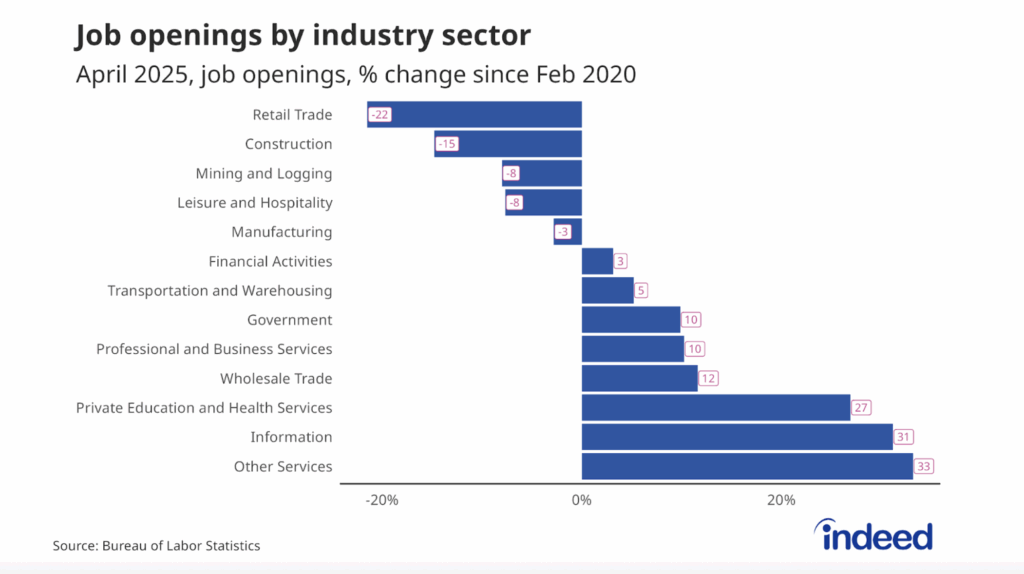This Friday’s jobs report will be a significant one for the economy at large. This is the last report before the Federal Reserve policy meeting in September — a meeting where the central bank could raise interest rates for the second time since the end of the Great Recession. In the past weeks, Fed chair Janet Yellen has remarked on the continued strength of the labor market and promising jobs numbers for August would bolster that perception. [For background: The relationship between job creation and interest rates, explained.]
Concern will come if we see a surprisingly low number, or signs that there is more potential for workers to join the labor force if rates stay low. A surprisingly high jobs number, however, may not cause the Fed to raise rates as they’re also continuing to watch a range of other variables such as GDP growth and inflation which both remain low.
While September has been a much-discussed timeline, recent comments suggest it will take more than just a strong jobs report to make the interest rate change happen. Right now, it seems more likely that December will be when the Fed moves.
The jobs report and the presidential election
This jobs report will also be a significant one for both Hillary Clinton and Donald Trump. Both candidates will be interested in how many jobs were added over the last month, as well as where the unemployment rate stands. In addition to the top-level jobs numbers, the details of the report will capture their interest: in particular, any changes in wage growth, labor force participation and the demographic makeup of the labor market.
All of these numbers have figured prominently in the candidates’ platforms. Clinton will leverage any overall strength in job gains and getting people back to work, while maintaining that more needs to be done to raise wages for more people.
Trump, for his part, has long maintained that the unemployment rate is not a sufficient measure of the state of the labor market. His campaign will be looking at any signs of continued erosion in manufacturing as linked to trade deals, and will likely focus on the labor force participation rate to see how many people are still out of the workforce.
And for the Fed, the election matters too. The central bank has to take into account how the election affects markets and the economy. They may choose to hold on the rate hike so as not to change or upset the economic landscape right before an election.

The above chart shows the historical pattern of Fed interest rate movements in the two months before a presidential election. This analysis indicates that in about 70 years the interest rate was raised only once prior to an election. As you can see in the chart, interest rates remained flat between September and November in election years (indicated by the gray bars) with the exception of the two months prior to the 2004 election, when the Fed had already begun raising the rate in the months preceding. So even if Friday’s jobs report notches strong gains across all measures, the historic view says interest rates won’t move until after November.
Jobs Report Outlook
[table id=4 /]







